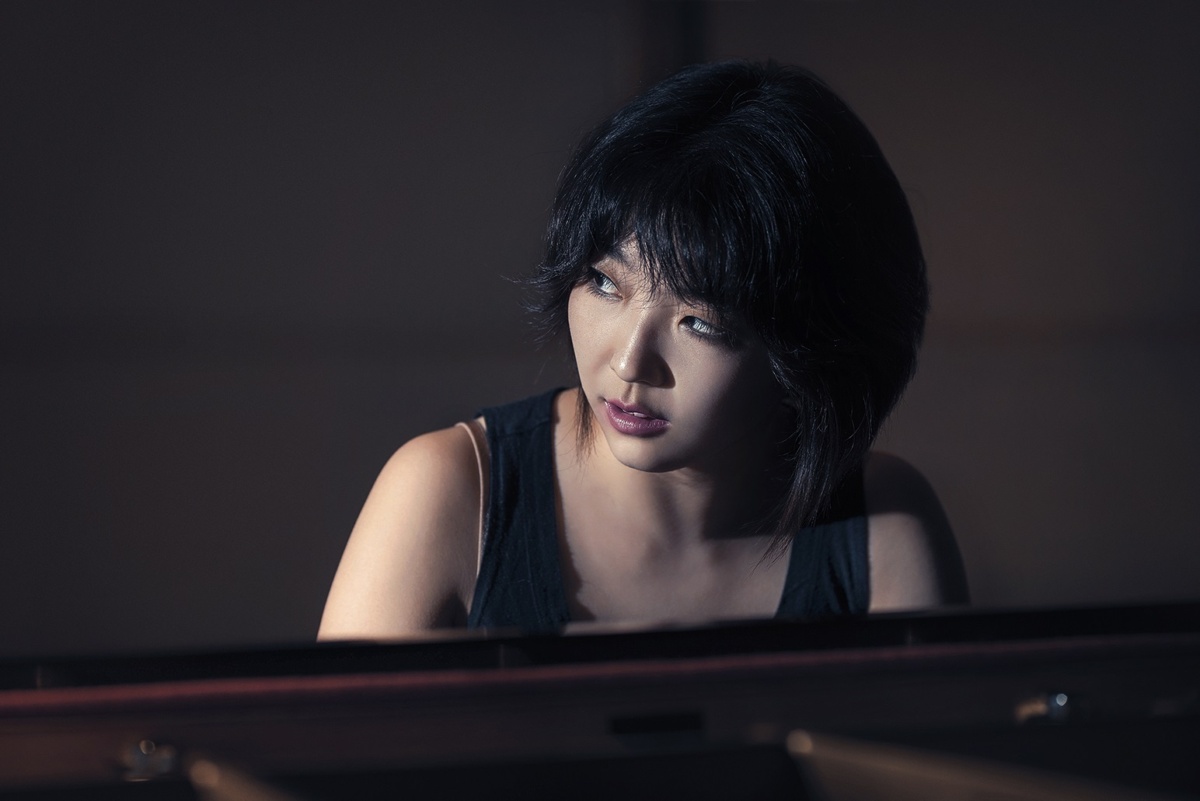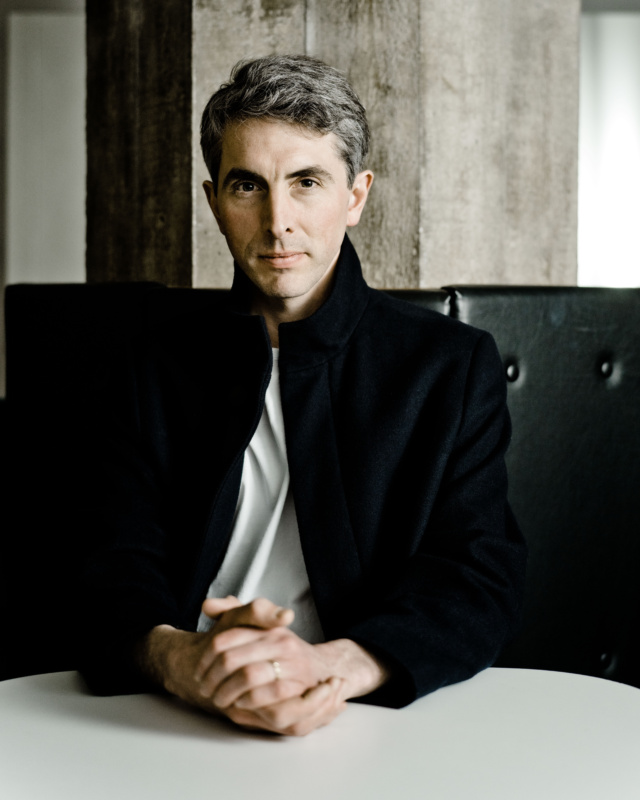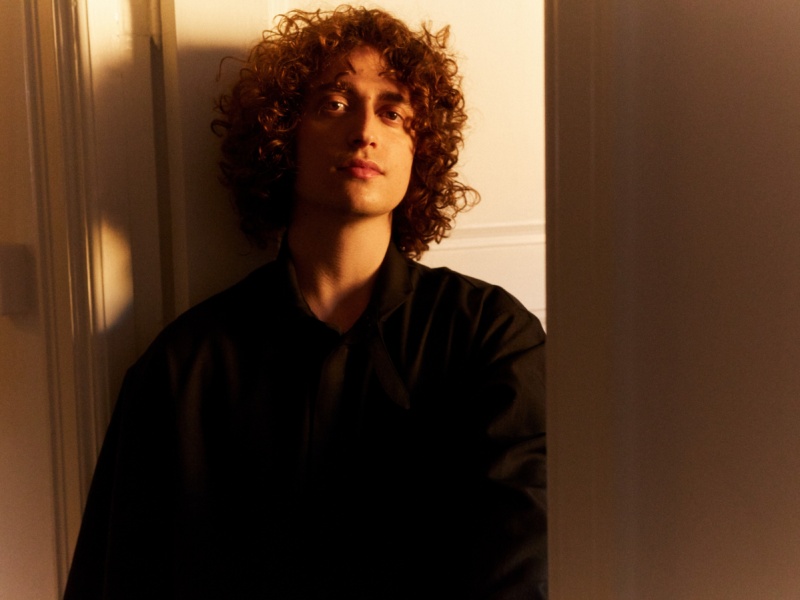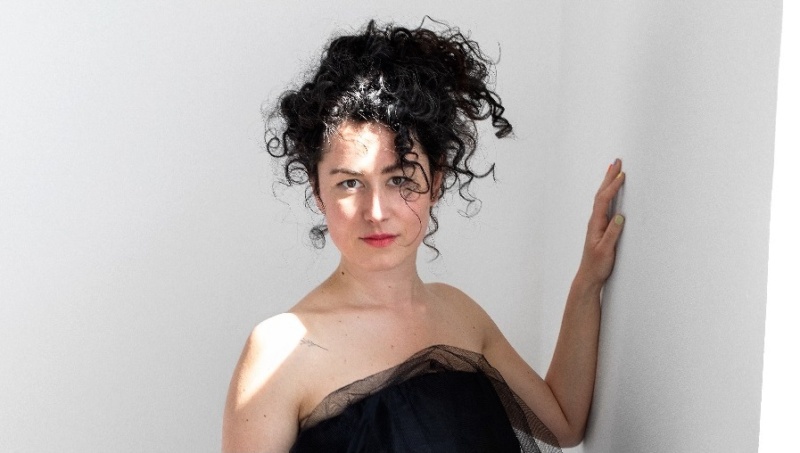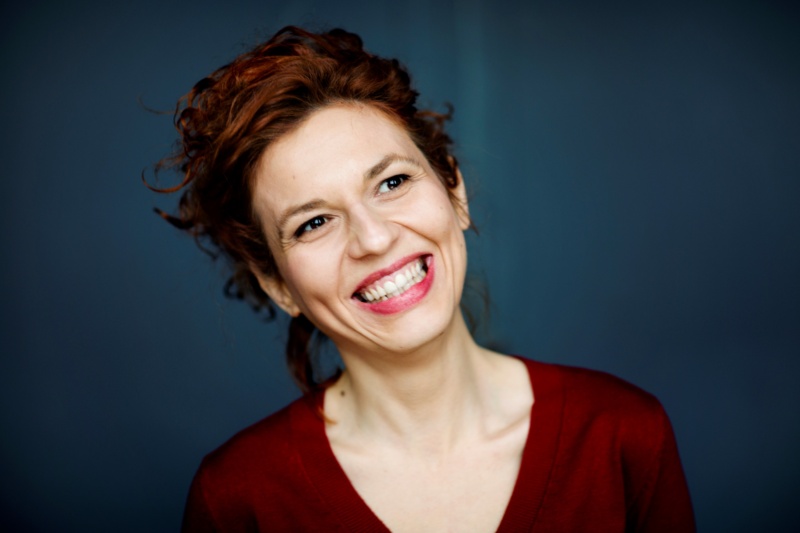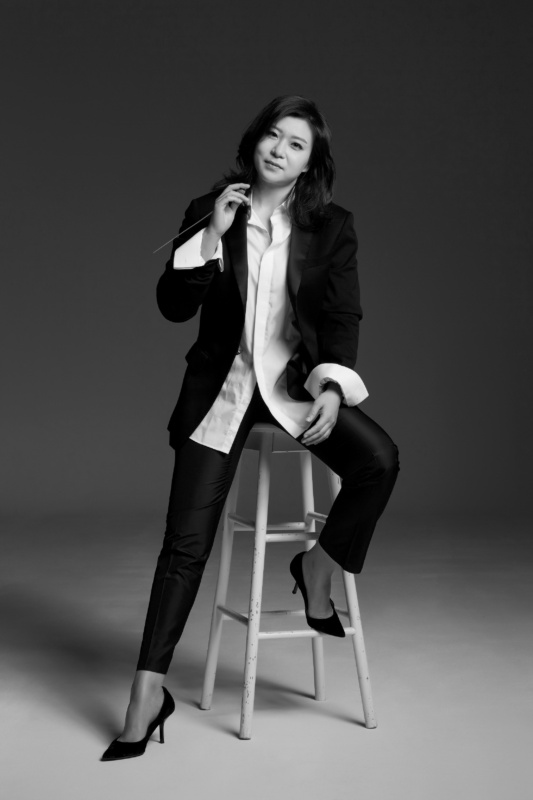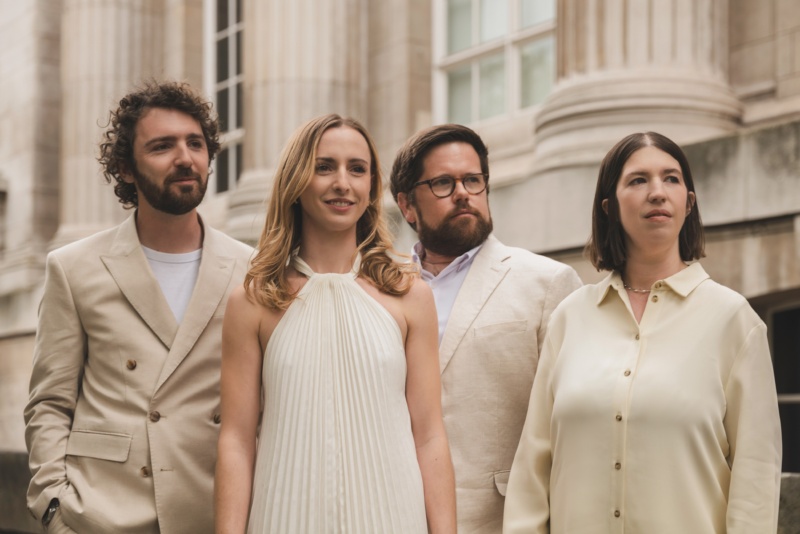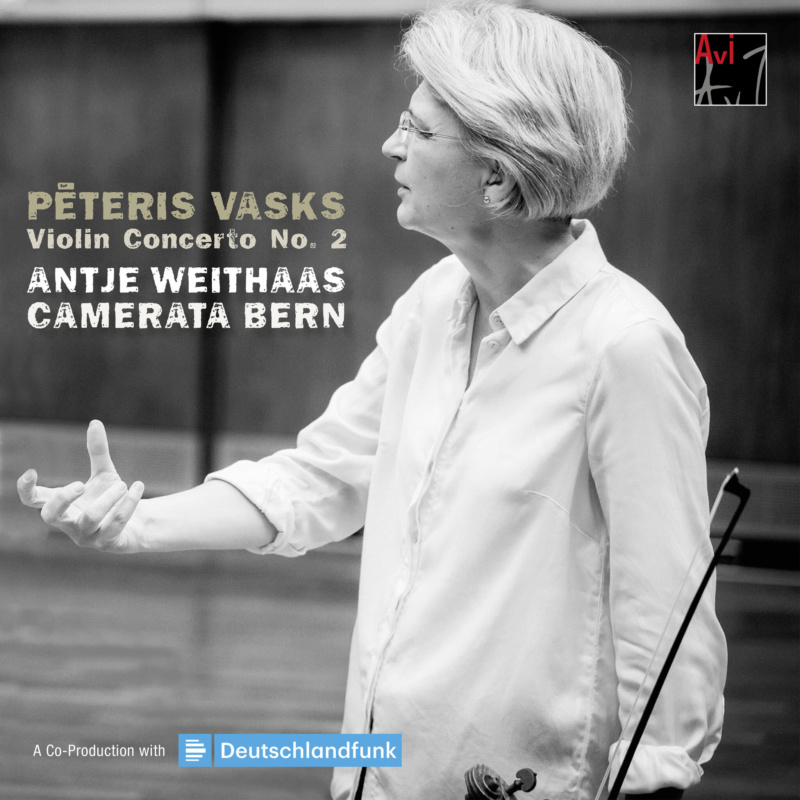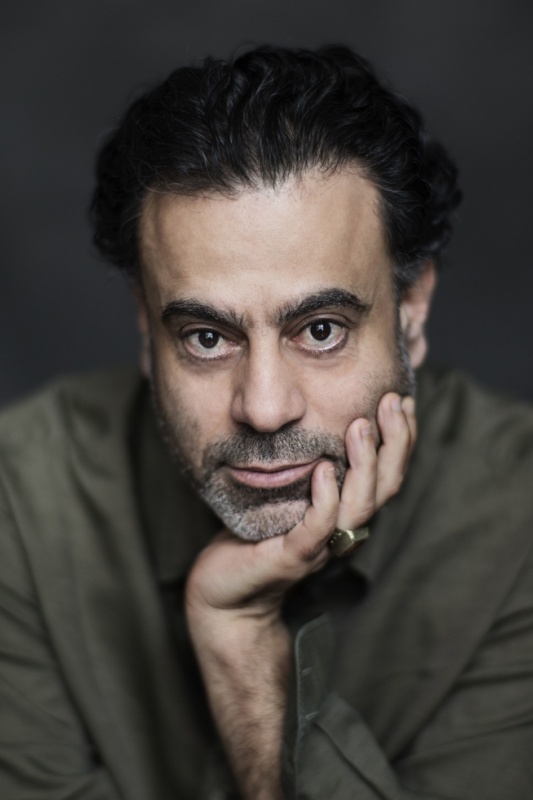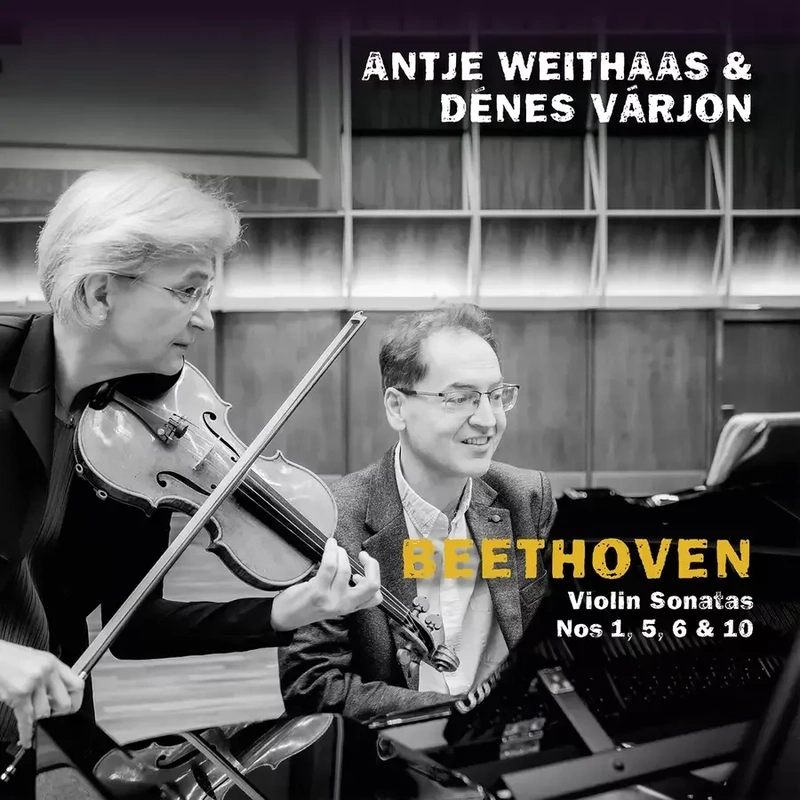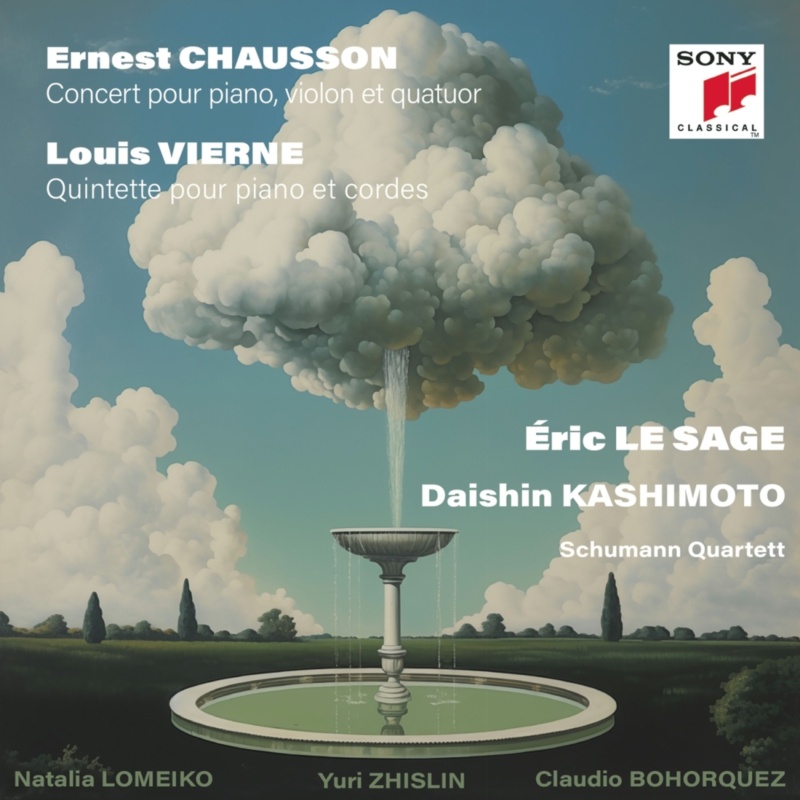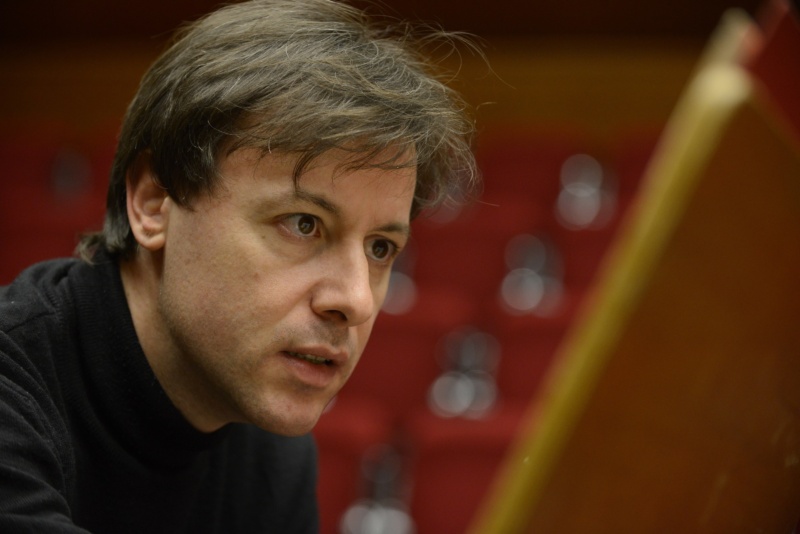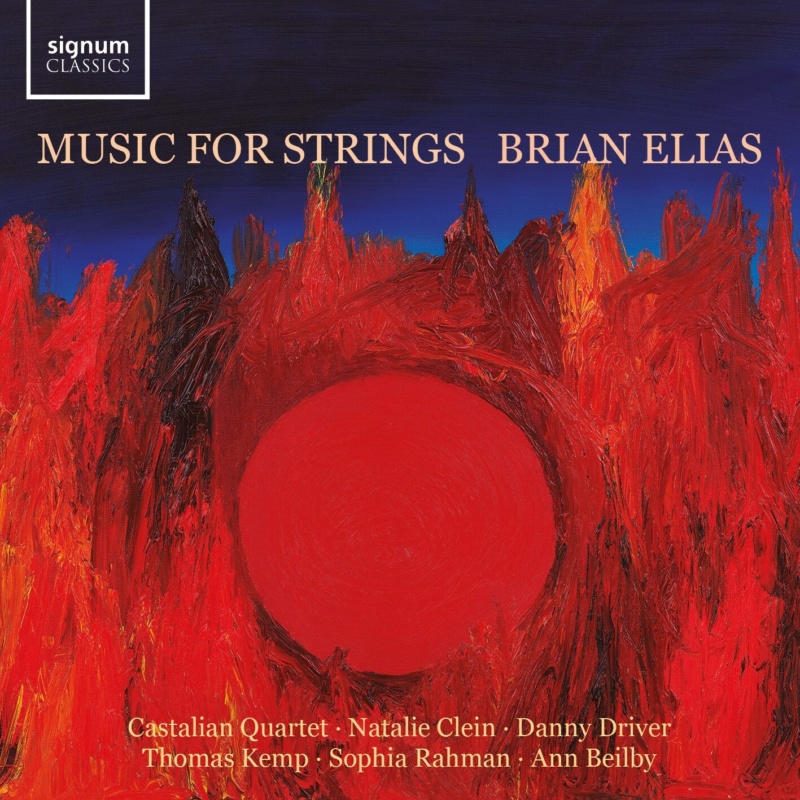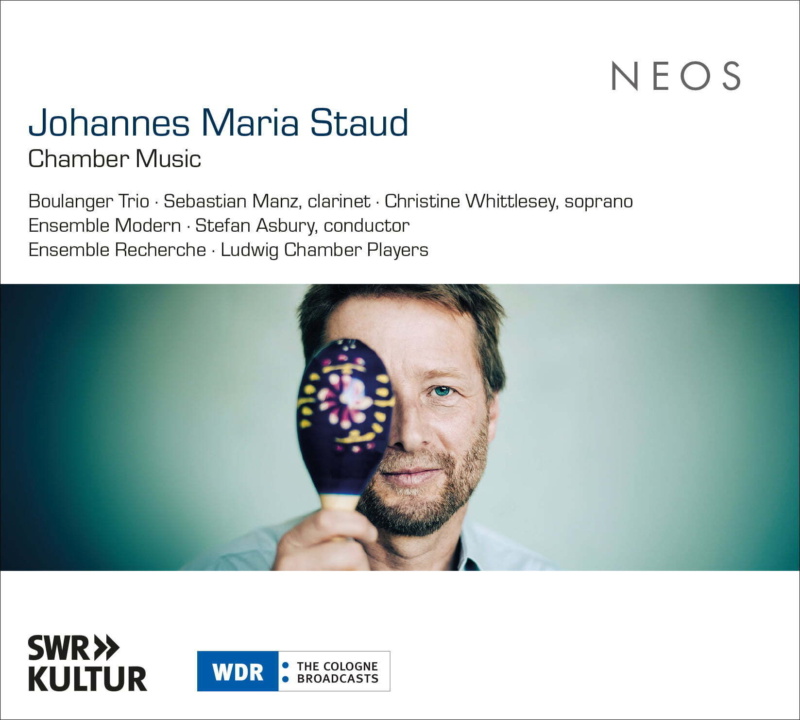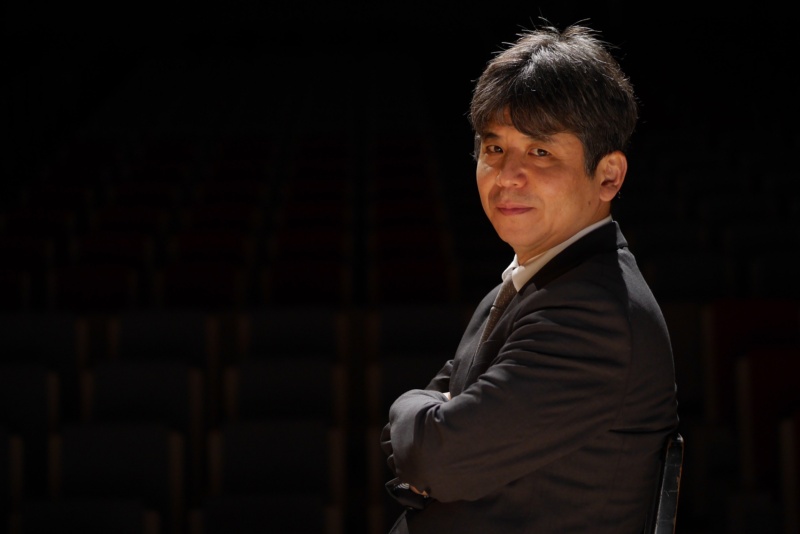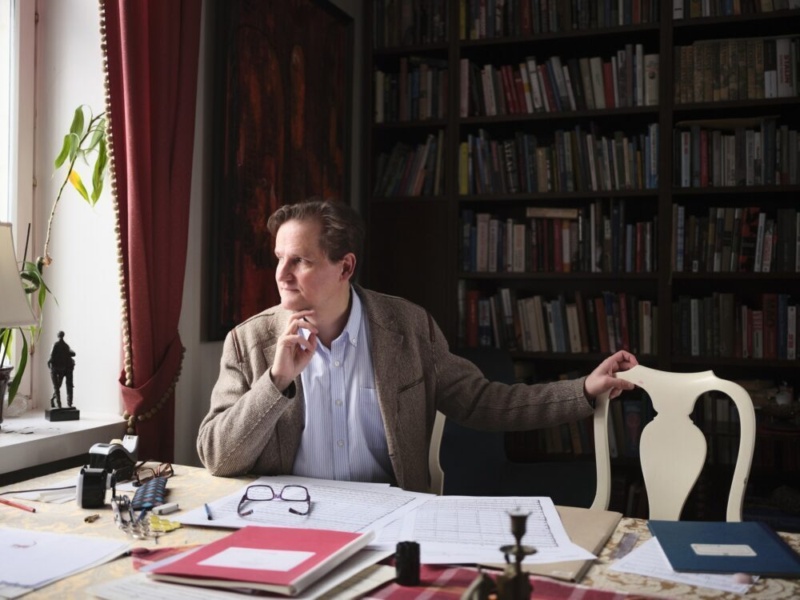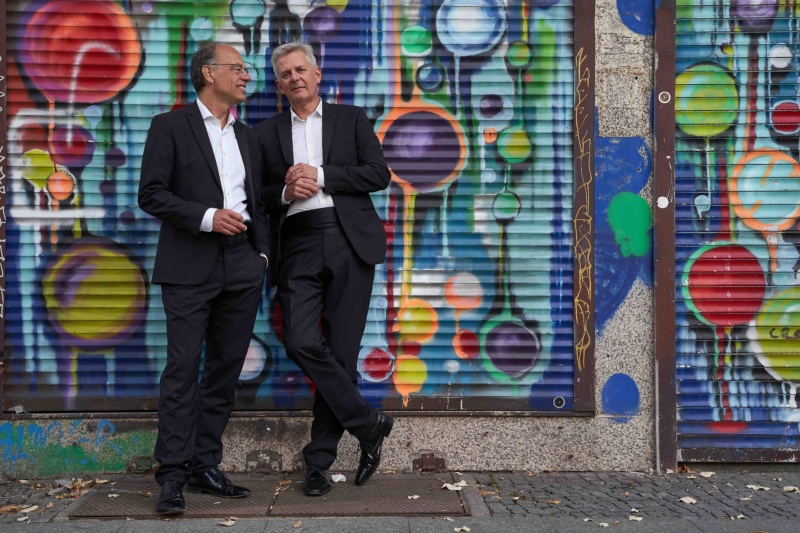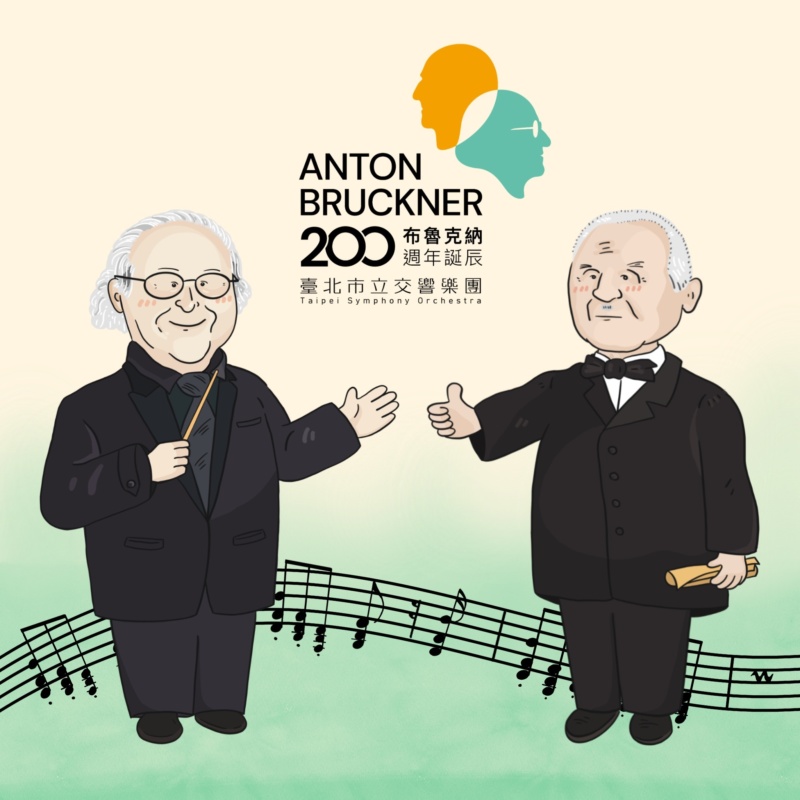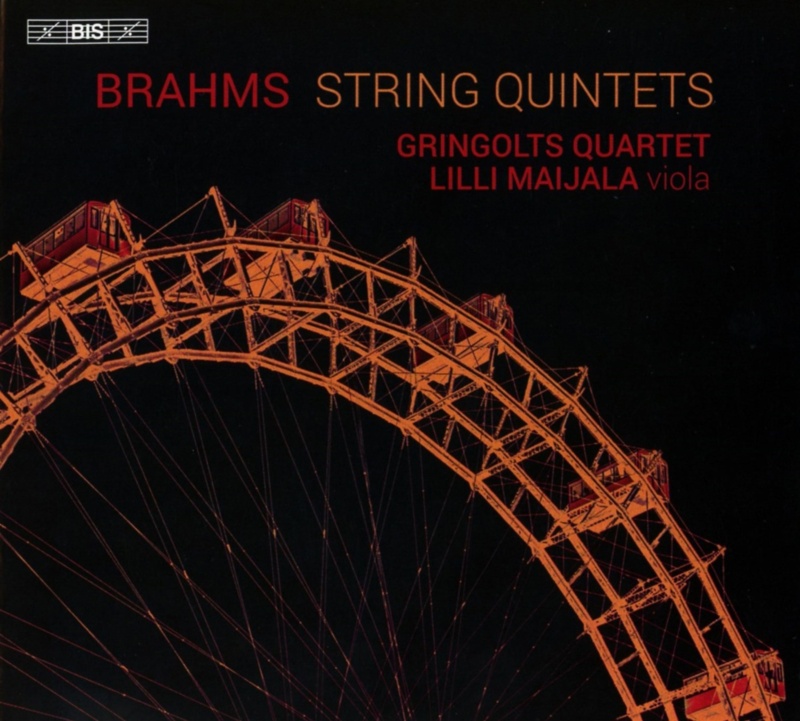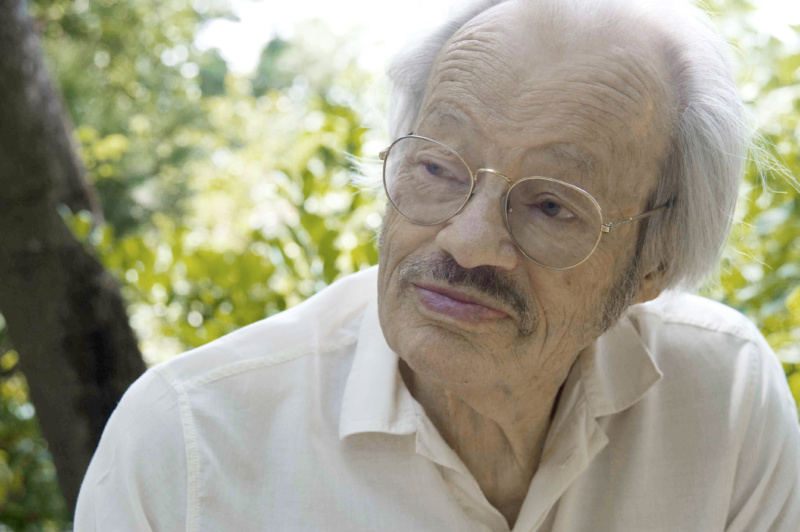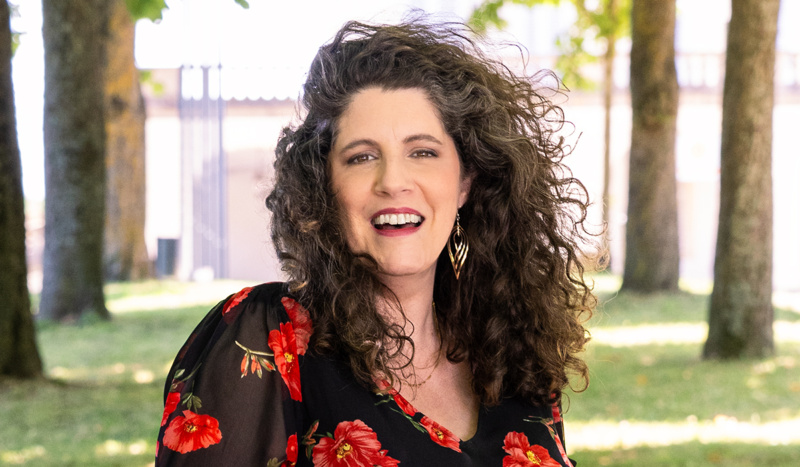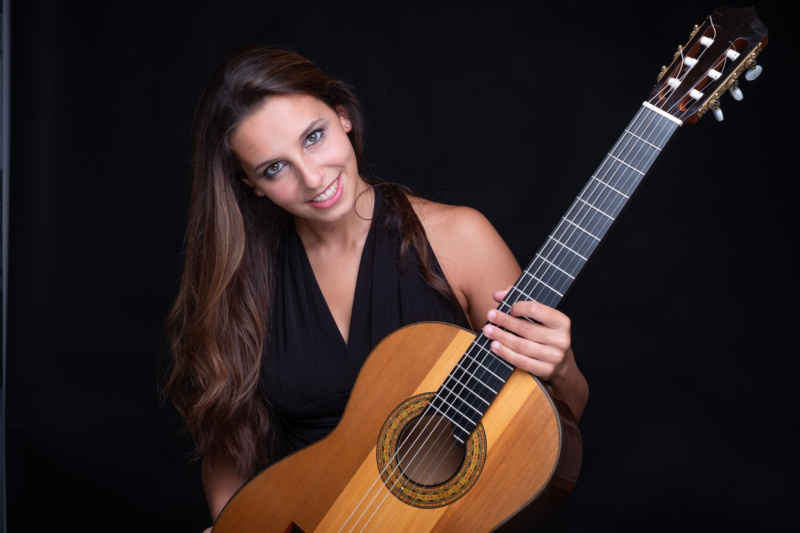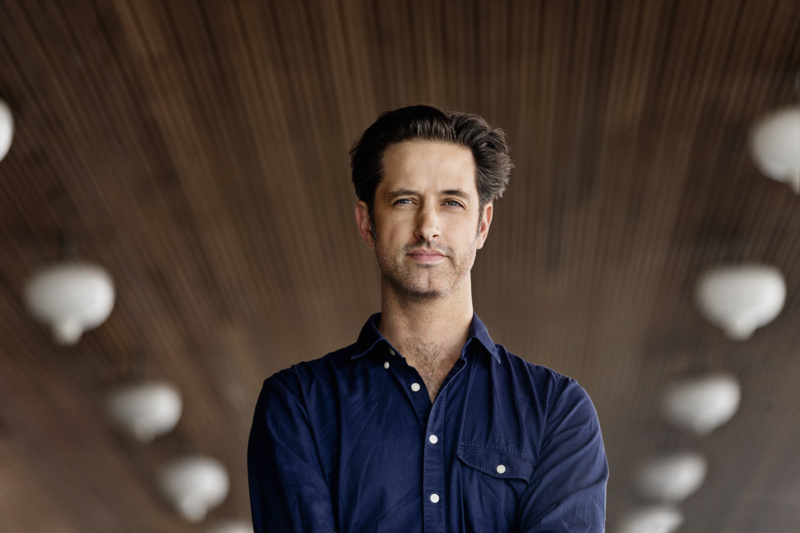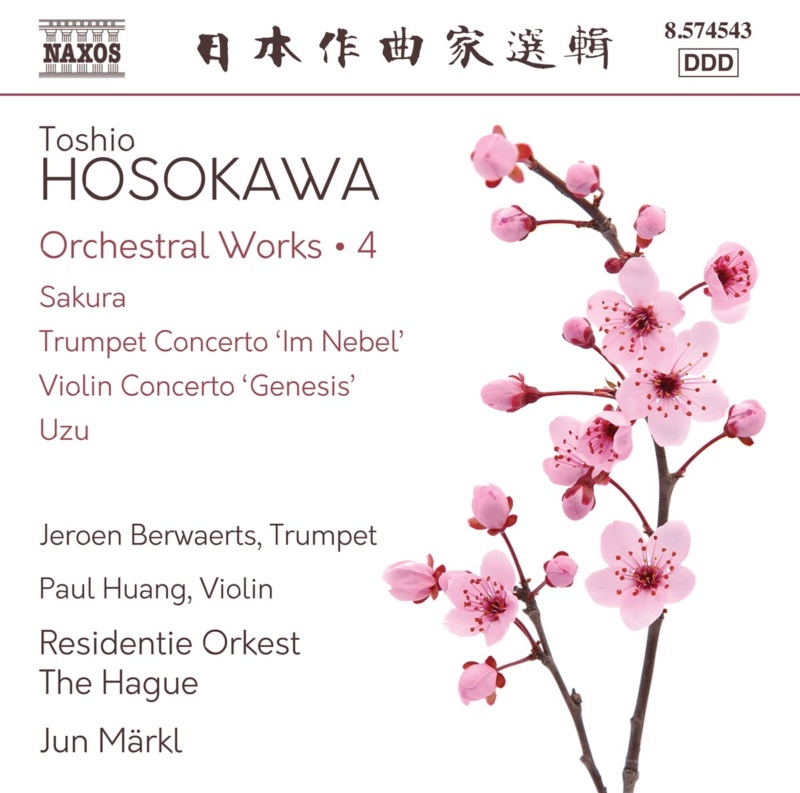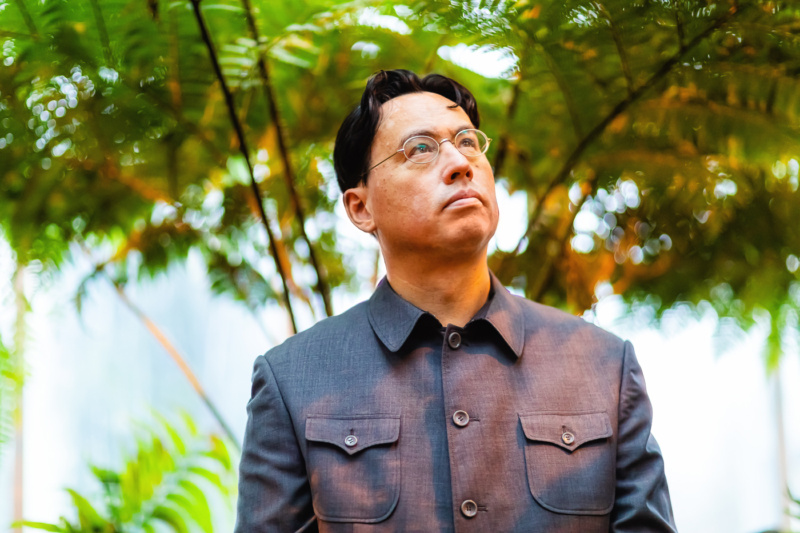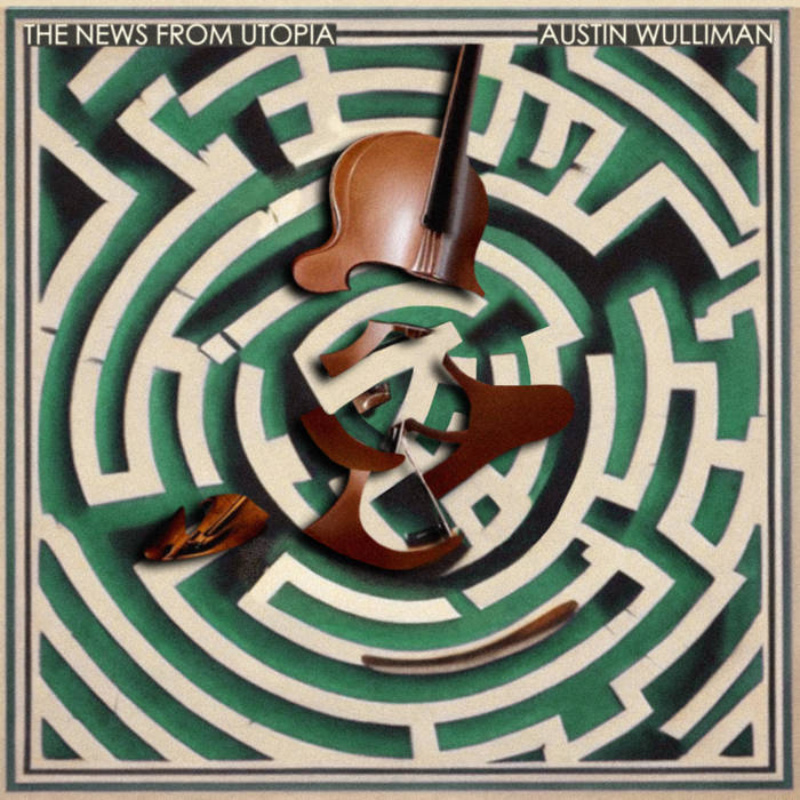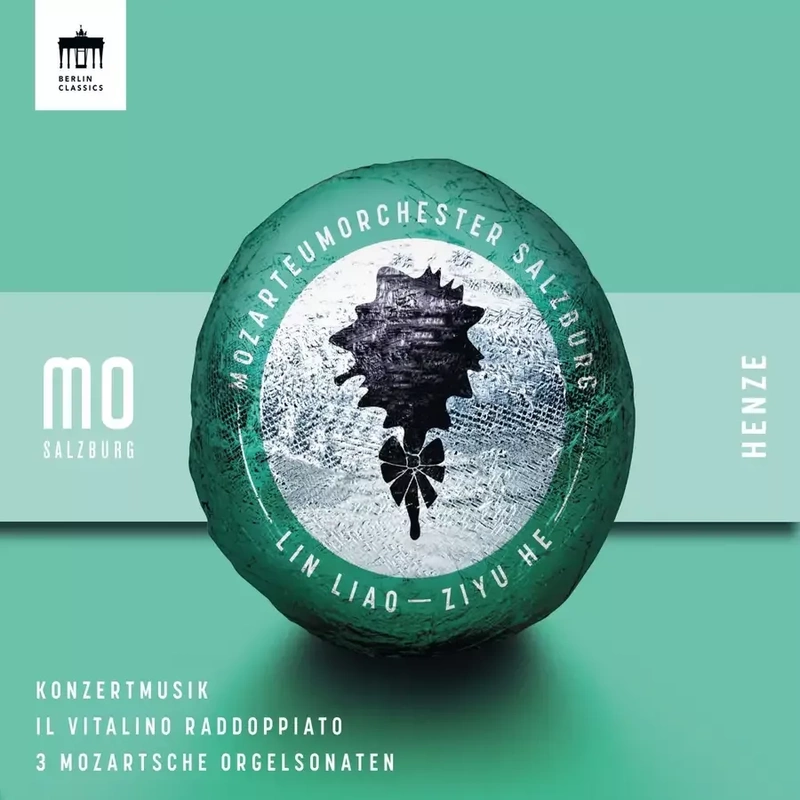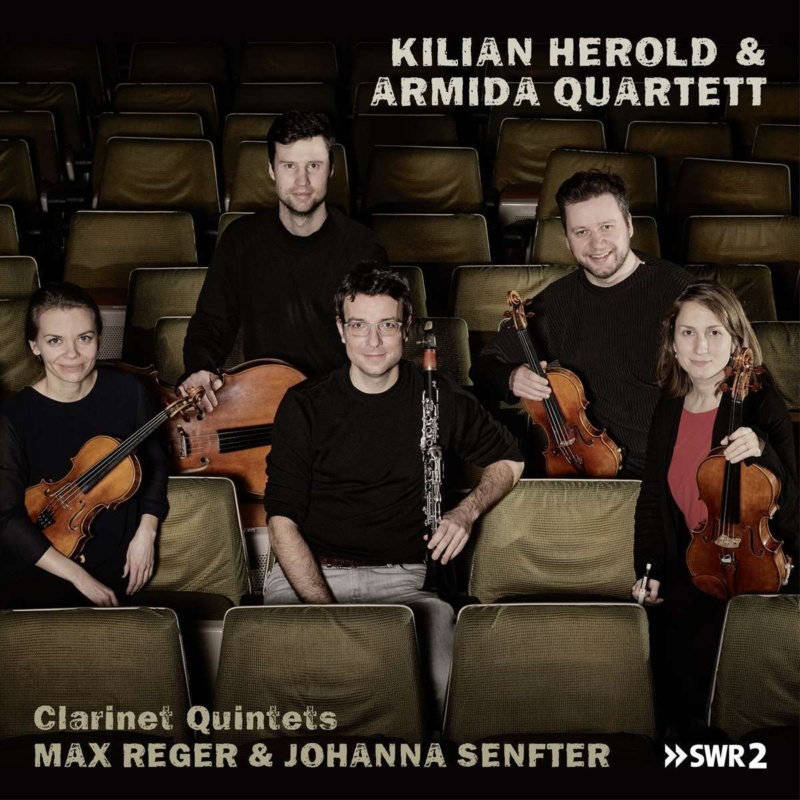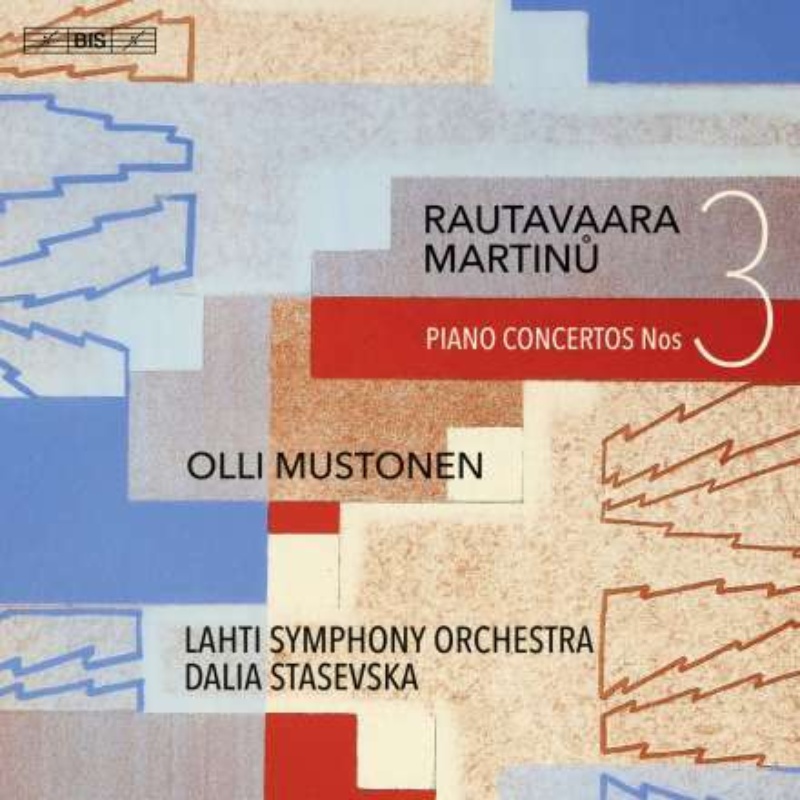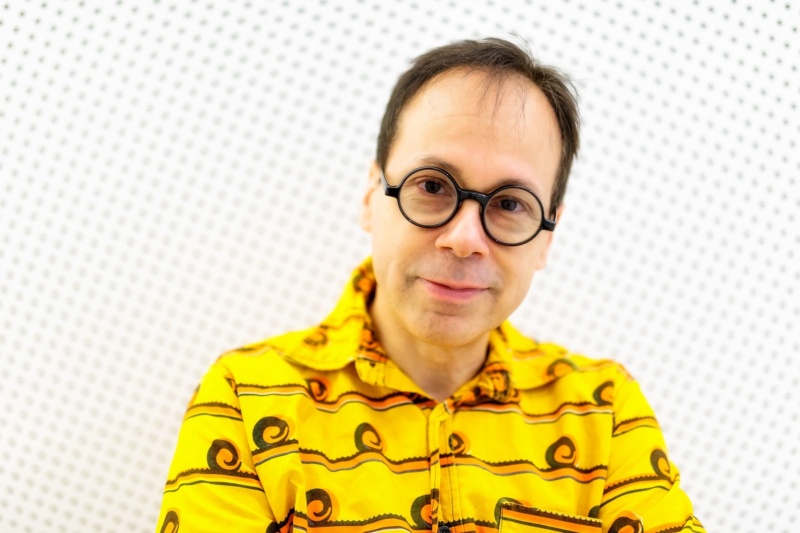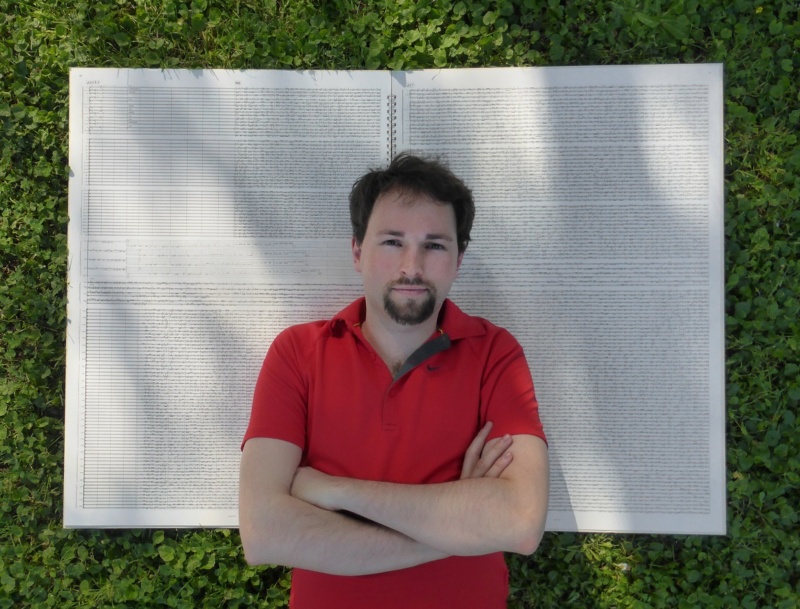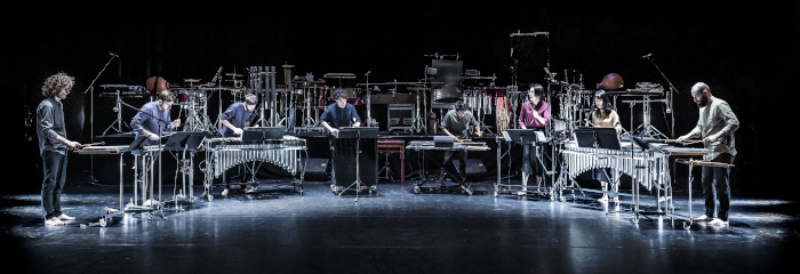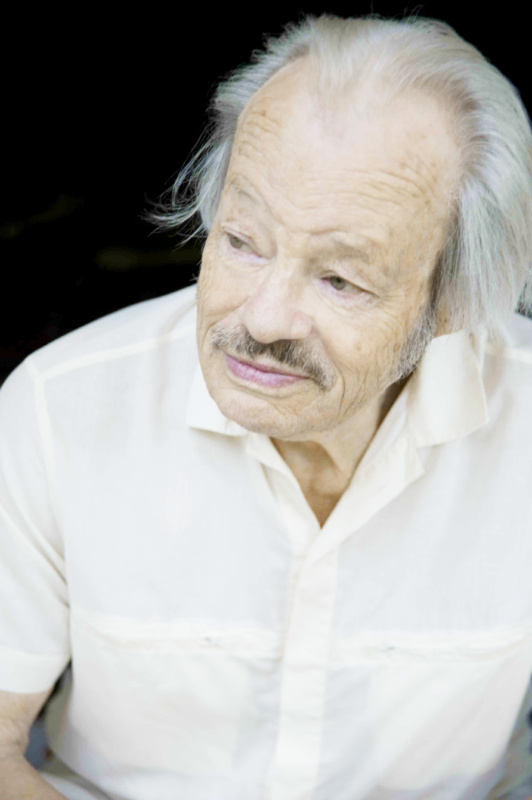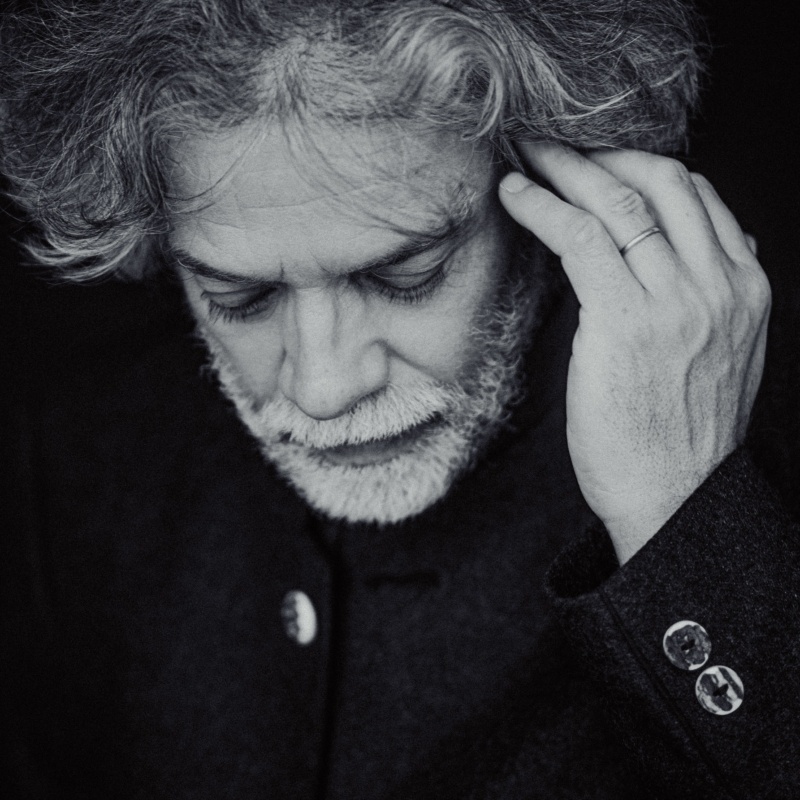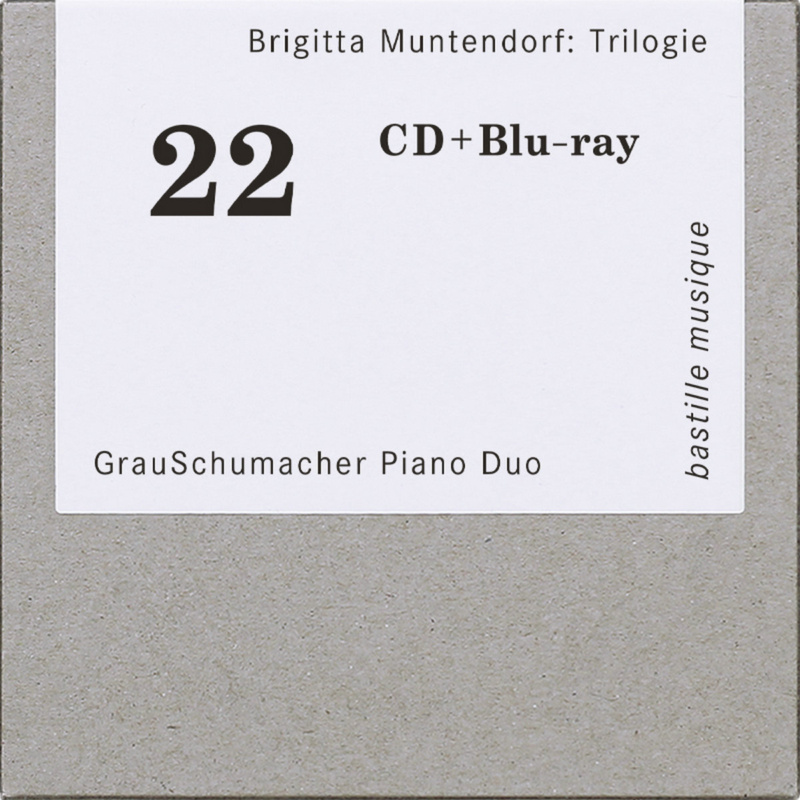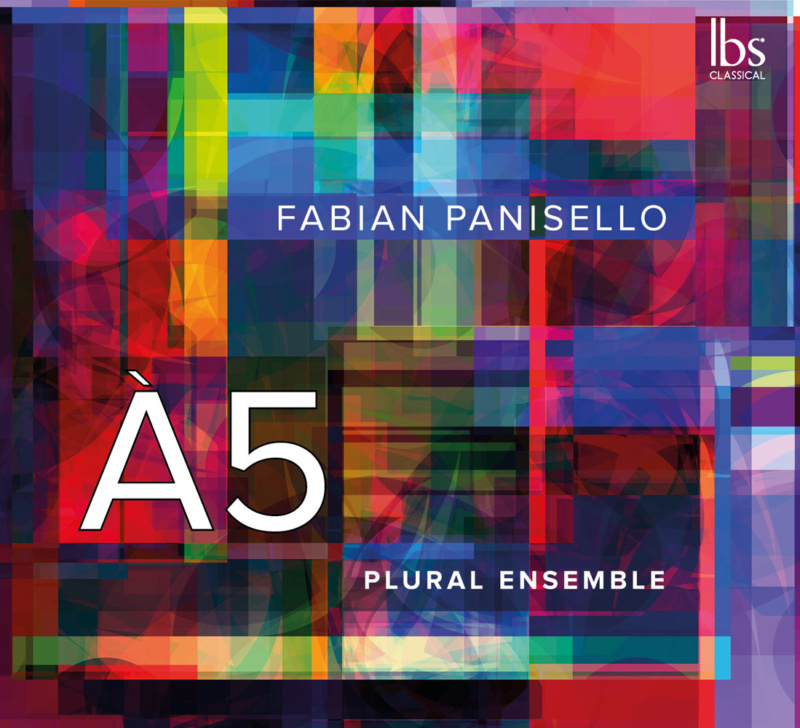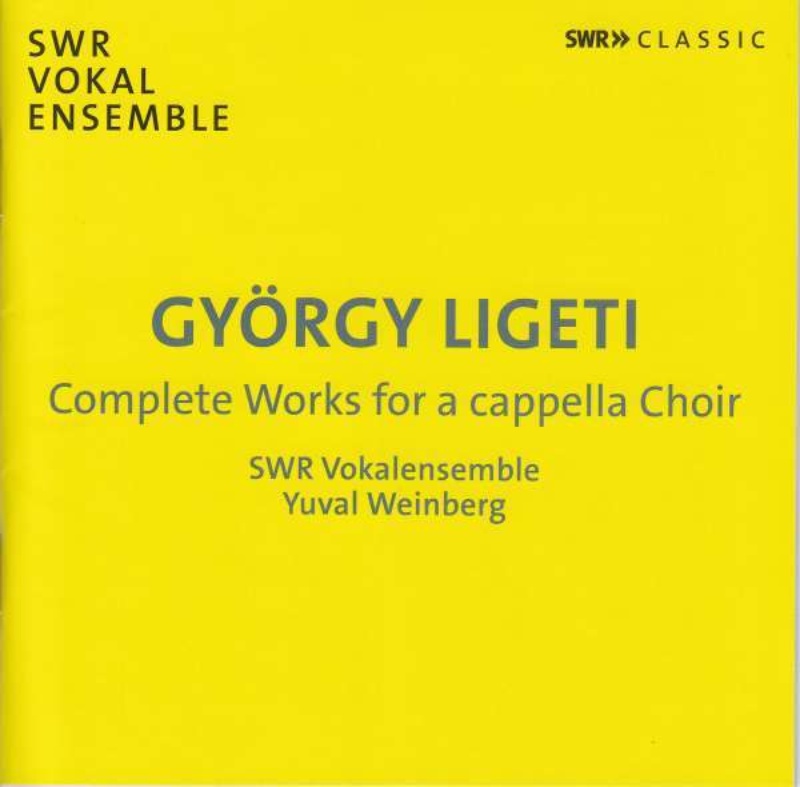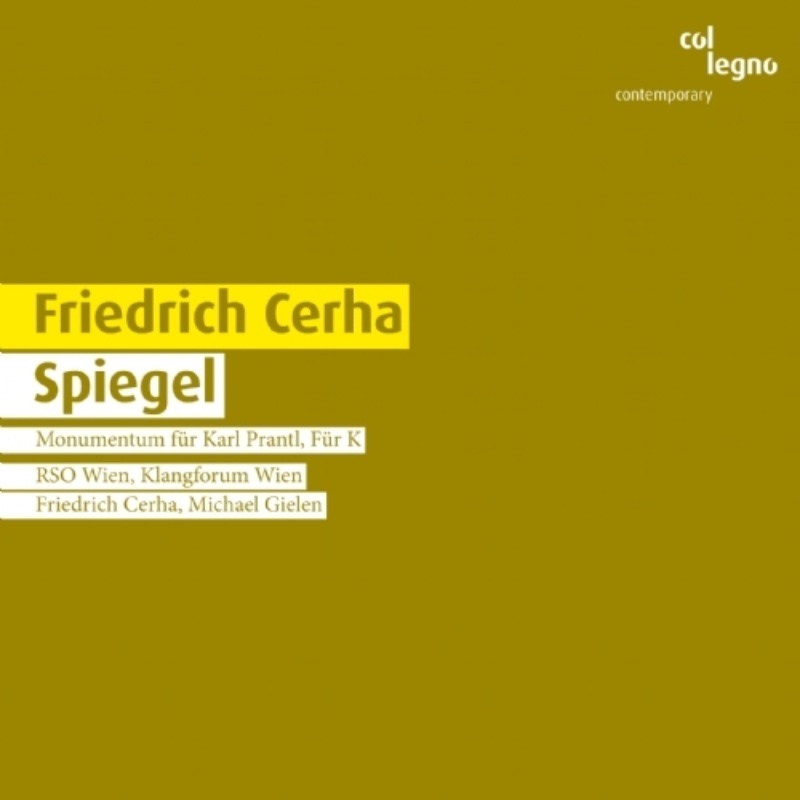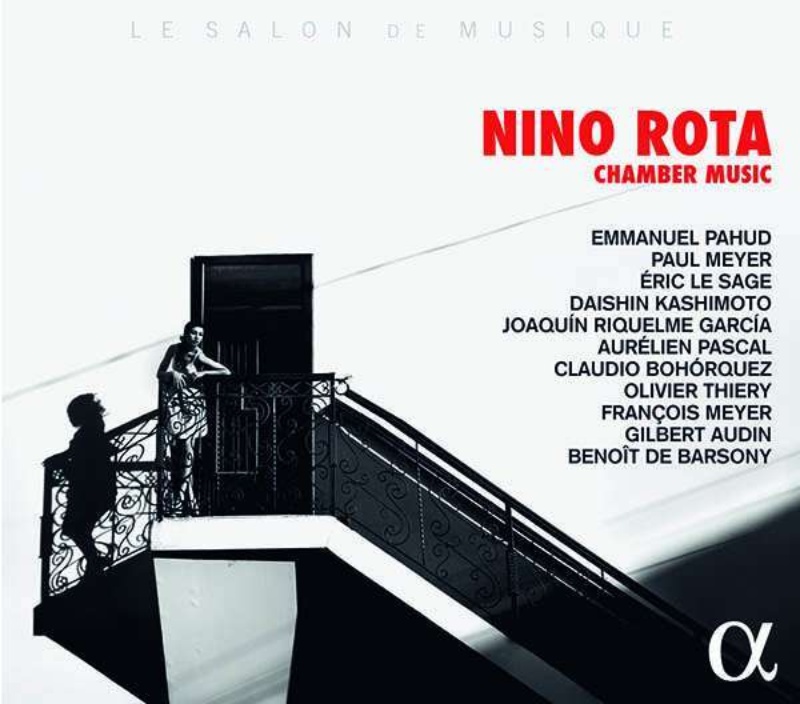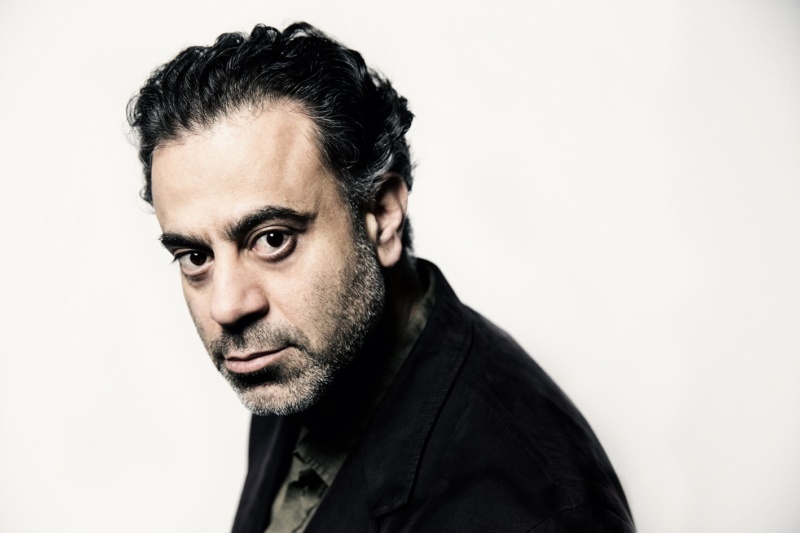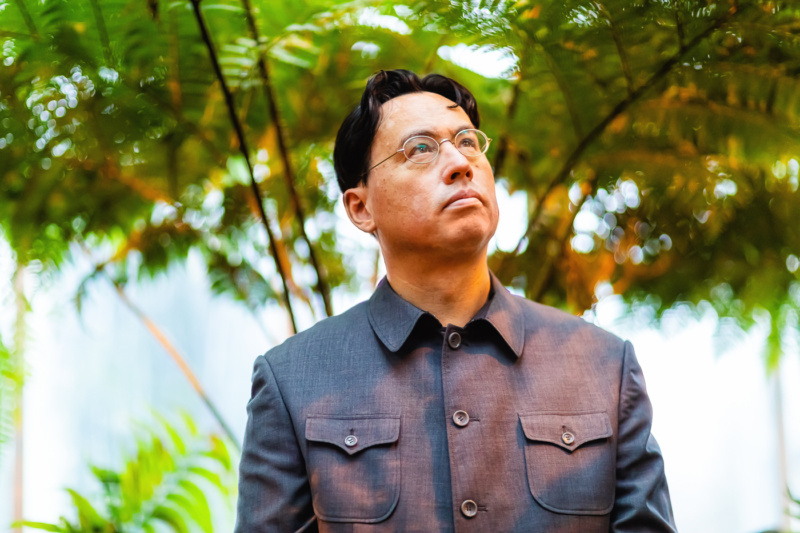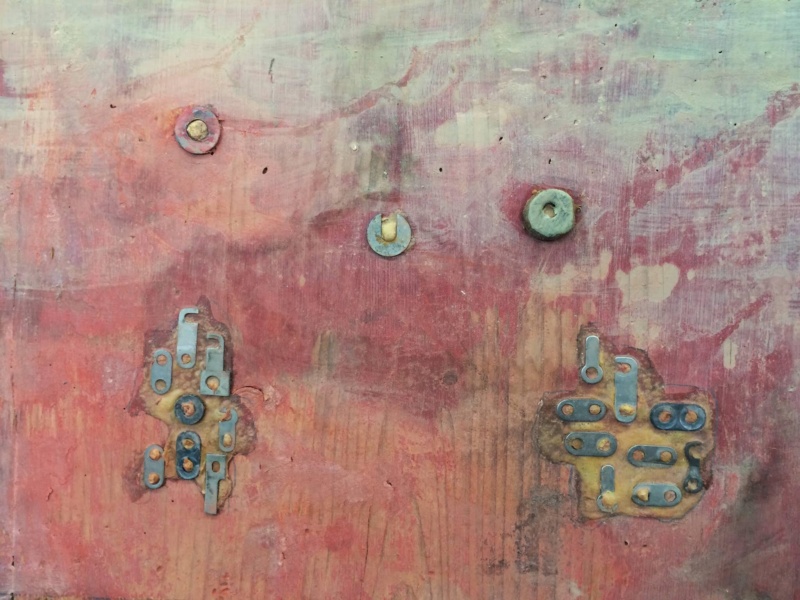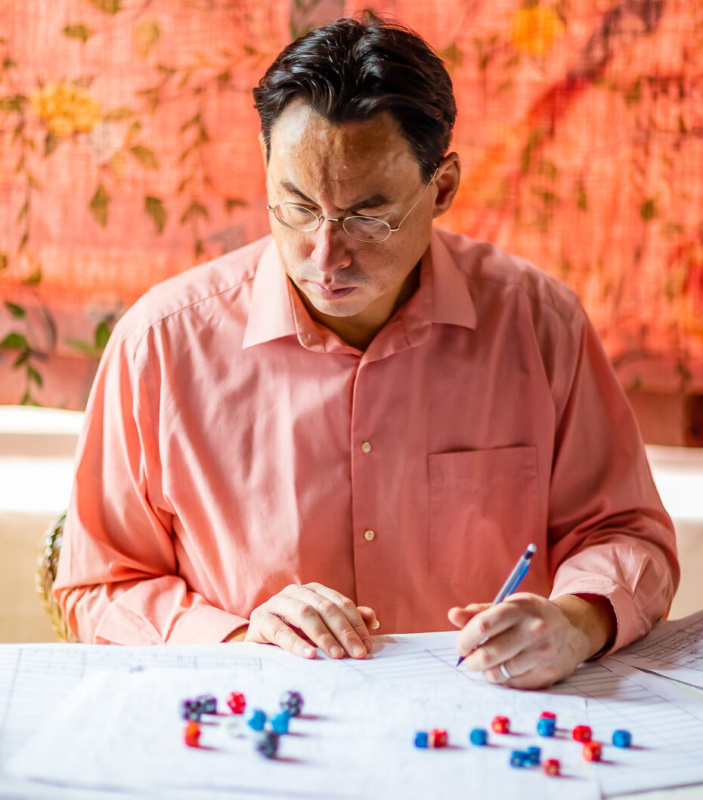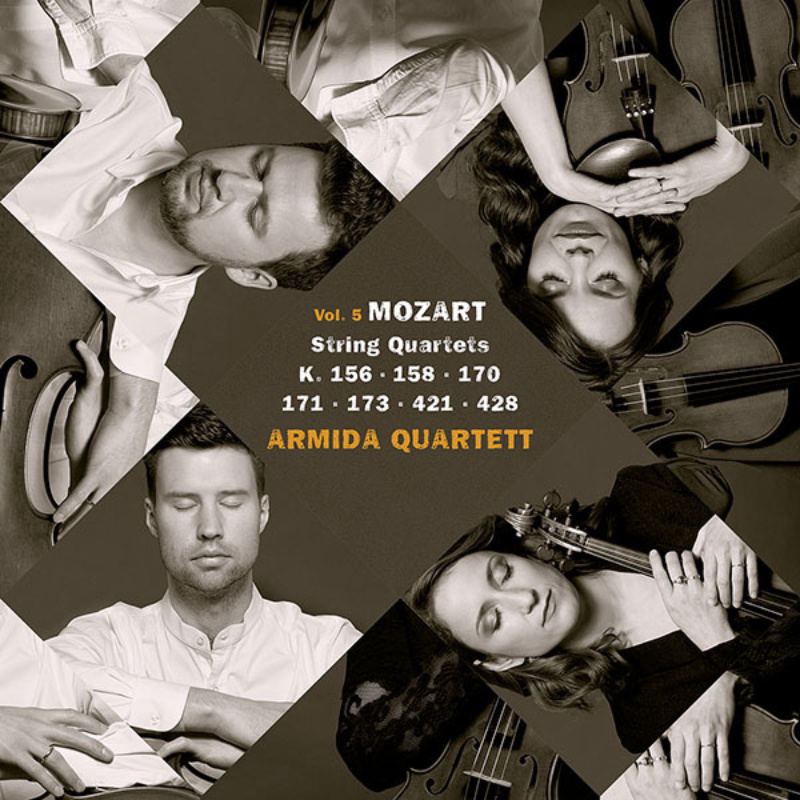Rachmaninov’s cycle was therefore a natural choice for her fourth
recording, which will be released in summer 2018. “I always choose my
repertoire very carefully,” she explains. “Normally they are pieces that
I haven’t played many times in concert, and that I have a very personal
interest in. I want to put my own stamp on the music, something I can
say different from the others. I am very aware of how big the CD market
is right now for piano repertoire. Everything has already been recorded
numerous times, so you have to be really careful to not release a CD
that is just one of thousands of recordings on the market.”
So far, this strategy seems to have worked well for the pianist.
Following her debut CD featuring solo works by Tchaikovsky and
Prokofiev, she recorded a selection of Scarlatti’s sonatas in 2015.
Here, she illustrated Scarlatti’s transitional role in music history by
mixing sonatas which are in Baroque suite form with others which look
ahead to the classical sonata. This musical concept was a great success,
receiving the German Record Critics’ Award and selected as “Editor’s
Choice” by Gramophone magazine. Her 2017 recording of the Chopin
Nocturnes was also highly praised, with the Süddeutsche Zeitung writing;
“Do we need another recording of Chopin’s Nocturnes? Not really! But
when one hears this brand new double-CD from Claire Huangci, the answer
is yes!”
However, finding a formula for success isn’t so simple, and studio
sessions always present new challenges: “recording the Chopin Nocturnes
was very exhausting, but in a completely different way to the Preludes,”
comments the pianist. “The Nocturnes are not really physically
demanding, but the challenge is rather finding the perfect mood and
perfect sound for each piece. You have to record everything in very long
takes because in a slow piece, every small tempo change is noticeable.”
Chopin’s music has been with the pianist for a long time – as a young artist she won 1st
Prize at the International Chopin Competition in Darmstadt in 2009 and
the top award at the Chopin Competition in Miami in 2010 – but it took a
while until she mastered Rachmaninov’s music. “The Preludes were
somehow too far away. I couldn’t play them for a long time. I’ve already
played all the Chopin Etudes and the Liszt Etudes – both of them
present special challenges of course, none of them are easy – but to
make Rachmaninov’s music work for me was the biggest physical challenge
that I’ve encountered” – logistically speaking, the pieces pose
particular problems for the small-framed pianist. “Rachmaninov had a
huge hand-span – his hands could reach the interval of a 14th,
which is incredible. I have extremely small hands for a pianist, so
although he doesn’t go beyond a normal hand-span in his writing for
piano, I had to find my own way of placing my hands, playing notes with
different hands. I wouldn’t find it acceptable to leave out or replace
notes.”
As well as getting to grips with the pieces’ technical challenges, the
pianist immersed herself in Rachmaninov’s musical world whilst
developing her interpretation. “I listened to quite a few recordings,
but I tried to keep my distance whilst I was in the process of learning
the music, because you don’t want your own interpretation to become too
influenced. I would say that there are a handful of very good reference
recordings of Rachmaninov’s music, most of them by Russian pianists,
including the composer himself. These are benchmarks; I listened to
them, appreciated different parts and came up with my own
interpretation.” However, she doesn’t consciously try and make her
interpretations stand out from others: “I don’t have to try and be
different and new. Rather, I know my interpretations will be quite
different just because of my background and heritage and the fact that
I’m not Russian.”
Reading Rachmaninov’s memoirs, written by the musicologist Oskar von
Riesemann based on his conversations with the composer, also helped her
understand his musical world. But above all, it was her experience
playing and listening to other works by Rachmaninov which oriented her
interpretations. “I’ve now played all of his piano concertos, and whilst
I haven’t performed his sonatas in concert, I have learned quite a few
of his Etudes Tableaux and other short pieces, as well as
having sight-read his two piano suites with some friends of mine. So I
have quite a good knowledge of his other pieces for piano as well as his
orchestral works,” she says, explaining that “Rachmaninov associated
different moods and sound textures with every single key. When you know
his works, you notice that when he composes in D minor or B minor, for
example, he always conjures up this certain atmosphere, which is very
interesting.”
With this new CD in the bag, Claire Huangci hopes she can play
Rachmaninov’s solo piano works more often in concert – she gave a
preview of this in July at a solo recital at the Beethoven-Haus in Bonn,
where she integrated a selection of the Preludes into her programme.
Her next CD project will go in a completely different direction: in
January 2019 she will record a chamber music CD. “When I was young I
always believed that to be a successful pianist meant playing solo all
the time. I very quickly realised how wrong I was,” she explains. “When I
came to Germany, I had the opportunity to meet young musicians my age,
forge friendships with them and play together for fun. Then I realised
how playing together, experimenting, discovering and developing
interpretations together can change your perspective.”
“I am someone who likes to keep things fresh, so I love to keep playing
different repertoire,” continues the pianist, who has just won 1st
Prize at the Concours Géza Anda. Following this success, she is making a
series of summer appearances – both chamber music performances and solo
recitals – and will return to perform with orchestras again at the
beginning of the new season. Although she has developed a great deal as a
musician in the meantime, she is still profiting from her old life as a
“child prodigy”: “I learned a lot of repertoire when I was quite young,
so when I have to do something new, at least I have a head start.”
Nina Rohlfs, 2018
